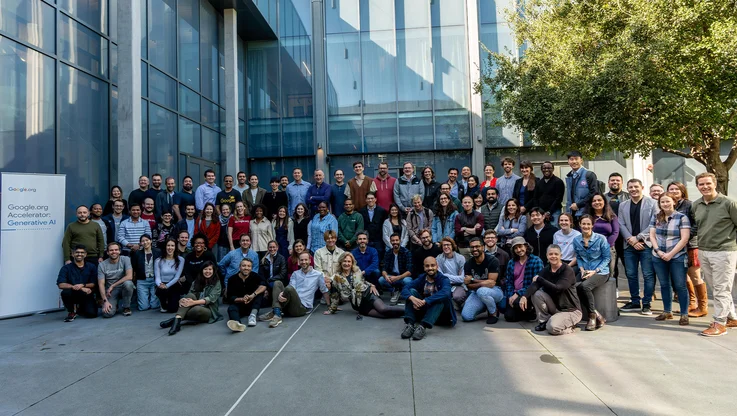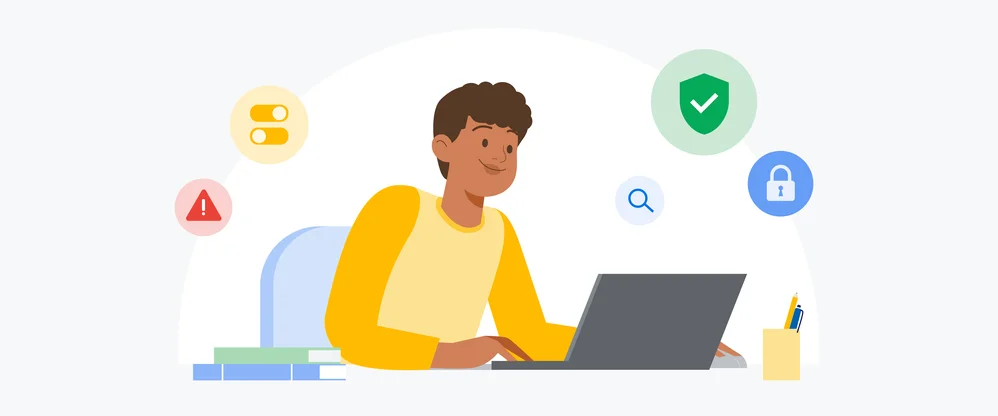Staying safe this hurricane season
Earlier this month, Vivek Maheshwari was heading to the airport after a business trip in Denver when he received a public alert notification on his phone telling him there was a tornado heading his way. Luckily, the storm was still a few miles off, so he was able to find an alternate route to the airport and make it home safely.
Easy and timely access to information can make a huge difference in times of crisis—whether to help people like Vivek get out of harm’s way, or to help those affected after a disaster has occurred. The web can help by providing access to official alerts from government organizations, news reports and on-the-ground updates from social media. The key is making sure that all that information can get to those who are affected—as quickly as possible.
That’s one of the things our Crisis Response Team focuses on. Since 2010, we’ve been working to make disaster-related information immediately available and useful in a crisis, through tools like Public Alerts, Crisis Map and Person Finder. And since next week marks the start of hurricane season in the North Atlantic, we thought we’d provide a few tips to help you prepare for potential summer disasters—from tropical storms to wildfires to floods.
Make sure you’ll receive Public Alerts
Google Public Alerts, launched two years ago, is a tool that sends people alerts from authoritative sources like the U.S. National Weather Service or the Japan Meteorological Agency during emergencies. They’re accessible through the Google search app on your mobile devices and Google Chrome on your computer, as well as in search results for related queries and on Google Maps when relevant.

People have used Public Alerts to get to safety before a landslide in Colombia, set up sandbags before a thunderstorm in Utah, and get off the road before an ice storm in Kentucky. To make sure you get the information you need to know when you need it, get Google Now on your Android device, iOS device, or computer.
Public Alerts are now available in seven countries (U.S., Australia, Canada, Colombia, Indonesia, Japan, Taiwan) and will continue to roll out to new countries this year.
Install emergency preparedness apps
There are a number of great apps which can help you prepare for or outlast an emergency. For example, a flashlight app can be useful if the power goes out and you don’t have access to a regular flashlight (use a regular flashlight if you can to conserve your phone’s battery). The first-aid and disaster preparedness apps from the Red Cross have a lot of valuable information. And the official FEMA (Federal Emergency Management Agency) app has information on how to stay safe during a disaster, the locations of FEMA disaster recovery stations, and more.
And remember, when bad weather is on the way, keep your phone plugged in and follow this advice to conserve battery life on Android. If you’re using an iOS device, try these tips.
Get helpful gadgets
A waterproof phone case can help protect your phone during floods or heavy rains and a portable solar-powered charger will help keep your phone’s battery alive. It may also be a good idea to invest in a cell phone signal booster which gives you a greater chance of connecting to an operational cell tower.
Of course, tech can only take you so far, so make sure you have the basics (like a disaster supplies kit and a family emergency plan) covered too—Ready.gov is a great resource.
While it’s impossible to predict the weather, we hope these tips help you and your family prepare for the possibility of things going wrong. Stay safe this summer!





